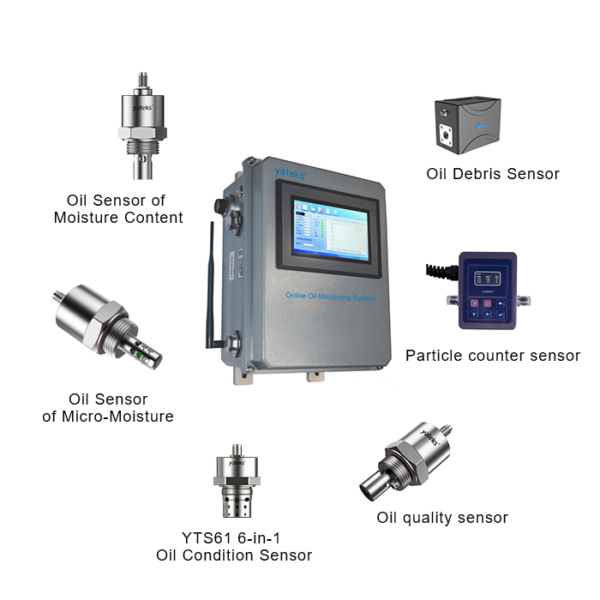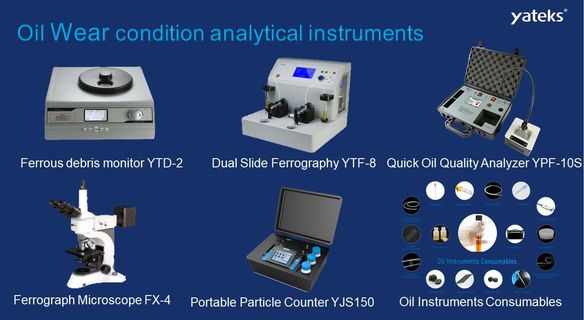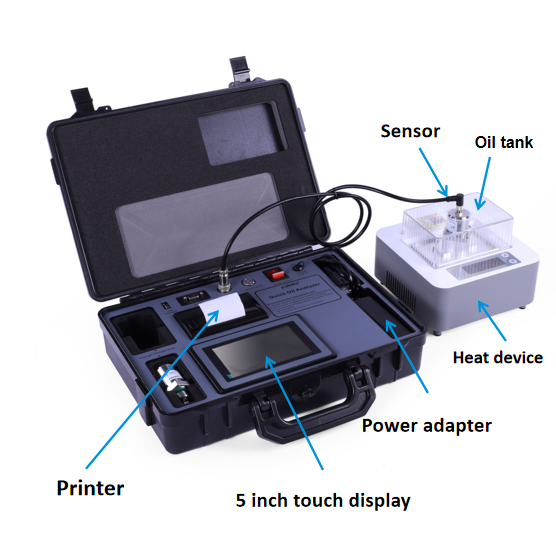Introduction
Oil analysis methods and lubrication monitoring play a crucial role in ensuring the efficient operation and longevity of machinery and equipment. By regularly monitoring the condition and quality of lubricating oil, maintenance professionals can identify potential issues, prevent equipment failures, and optimize the performance of industrial machinery. In recent years, the development of advanced oil condition sensors and oil quality sensors has revolutionized the way oil analysis and lubrication monitoring are conducted. These sensors provide real-time data on the health and performance of lubricating oil, enabling proactive maintenance and improved operational efficiency. This article explores the significance of oil analysis methods and lubrication monitoring, and the role of oil condition sensors and oil quality sensors in enhancing these practices.
Importance of Oil Analysis Methods and Lubrication Monitoring
Lubricating oil is a critical component in the operation of industrial machinery, as it reduces friction, dissipates heat, and protects moving parts from wear and corrosion. However, over time, the quality of lubricating oil can deteriorate due to factors such as contamination, oxidation, and thermal degradation. As a result, it is essential to monitor the condition and quality of the oil to ensure optimal performance and prevent potential equipment failures.
Oil analysis methods involve the systematic examination of lubricating oil to assess its physical and chemical properties. This process helps in identifying any abnormalities or degradation in the oil, as well as detecting the presence of contaminants such as water, metal particles, and other impurities. By analyzing the oil, maintenance professionals can gain valuable insights into the health of the machinery and make informed decisions regarding maintenance and oil change intervals.
Lubrication monitoring, on the other hand, involves the continuous observation and assessment of lubricating oil within machinery and equipment. This proactive approach allows for the early detection of any issues or abnormalities, enabling timely intervention to prevent potential damage or failures. By implementing effective lubrication monitoring practices, organizations can minimize downtime, reduce maintenance costs, and extend the lifespan of their assets.
Oil Condition Sensors and Oil Quality Sensors
Oil condition sensors and oil quality sensors are advanced technological solutions that have significantly enhanced the capabilities of oil analysis methods and lubrication monitoring. These sensors are designed to provide real-time data on the condition, quality, and performance of lubricating oil, allowing for proactive maintenance and improved operational efficiency.
Oil condition sensors are capable of monitoring various parameters of the lubricating oil, such as viscosity, acidity, and contamination levels. By continuously measuring these key indicators, oil condition sensors can detect any deviations from the normal operating conditions, alerting maintenance personnel to potential issues before they escalate. This proactive approach enables timely maintenance interventions, preventing equipment failures and minimizing downtime.
Oil quality sensors, on the other hand, focus on assessing the chemical composition and purity of the lubricating oil. These sensors can detect the presence of contaminants, such as water, fuel dilution, and metal particles, which can adversely affect the performance and longevity of the oil. By providing real-time data on the quality of the oil, oil quality sensors enable maintenance professionals to take corrective actions, such as filtration or oil replacement, to maintain the integrity of the lubricating oil and ensure optimal equipment performance.
Benefits of Oil Condition Sensors and Oil Quality Sensors
The integration of oil condition sensors and oil quality sensors into oil analysis methods and lubrication monitoring offers several significant benefits for industrial organizations:
1. Proactive Maintenance
By continuously monitoring the condition and quality of lubricating oil, oil sensors enable proactive maintenance interventions, allowing organizations to address potential issues before they lead to equipment failures or performance degradation.
2. Reduced Downtime
The early detection of oil-related issues through sensor data allows for timely maintenance actions, minimizing unplanned downtime and ensuring the continuous operation of machinery and equipment.
3. Extended Equipment Lifespan
By maintaining the quality of lubricating oil through real-time monitoring, organizations can extend the lifespan of their machinery and equipment, reducing the frequency of component replacements and overhauls.
4. Cost Savings
Effective oil analysis and lubrication monitoring, facilitated by oil sensors, can lead to cost savings by optimizing maintenance schedules, reducing the consumption of lubricating oil, and minimizing the risk of catastrophic equipment failures.
5. Improved Operational Efficiency
Real-time data provided by oil sensors enables organizations to optimize their lubrication practices, ensuring that machinery operates at peak efficiency and productivity.
Oil Analysis Methods
In addition to the use of oil condition sensors and oil quality sensors, there are several traditional oil analysis methods that are commonly employed to assess the condition and performance of lubricating oil:
- Spectroscopy: This method involves the analysis of the elemental composition of the oil, allowing for the detection of wear metals and contaminants that may indicate component degradation or abnormal operating conditions.
- Viscosity Measurement: Monitoring the viscosity of the oil provides insights into its ability to lubricate and protect moving parts, as well as detecting any changes that may indicate contamination or degradation.
- Particle Counting: By counting and analyzing the size and distribution of particles in the oil, maintenance professionals can assess the level of wear and contamination within the machinery, enabling timely maintenance actions.
- Acid Number Testing: This method measures the acidity of the oil, which can indicate the presence of oxidation or degradation products that may compromise the performance of the lubricating oil.
- Water Content Analysis: Monitoring the water content in the oil is crucial, as excessive moisture can lead to corrosion, reduced lubrication effectiveness, and accelerated component wear.
While these traditional oil analysis methods remain valuable for assessing the condition of lubricating oil, the integration of advanced oil condition sensors and oil quality sensors has significantly enhanced the efficiency and effectiveness of oil analysis and lubrication monitoring practices.
Challenges and Considerations
Despite the numerous benefits offered by oil condition sensors and oil quality sensors, there are certain challenges and considerations that organizations need to address when implementing these technologies:
- Sensor Accuracy and Reliability: Ensuring the accuracy and reliability of sensor data is crucial for making informed maintenance decisions. Organizations must carefully select and calibrate oil sensors to ensure the consistency and precision of the data they provide.
- Data Interpretation and Analysis: Effectively interpreting and analyzing the real-time data generated by oil sensors requires specialized knowledge and expertise. Organizations need to invest in training and resources to maximize the value of sensor data for maintenance decision-making.
- Integration with Maintenance Systems: Integrating oil sensors with existing maintenance management systems and processes is essential for leveraging sensor data to drive proactive maintenance actions and optimize equipment performance.
- Cost Considerations: While the implementation of oil sensors offers long-term cost savings through improved maintenance practices, organizations need to consider the initial investment and ongoing maintenance costs associated with sensor deployment.
- Regulatory Compliance: Organizations operating in regulated industries must ensure that the use of oil sensors complies with relevant standards and regulations governing equipment maintenance and oil management.
Oil analysis methods and lubrication monitoring are essential practices for ensuring the reliable and efficient operation of industrial machinery and equipment. The integration of advanced oil condition sensors and oil quality sensors has revolutionized the way oil analysis and lubrication monitoring are conducted, enabling proactive maintenance interventions and improved operational efficiency. By continuously monitoring the condition and quality of lubricating oil, organizations can minimize downtime, extend equipment lifespan, and optimize maintenance practices. While there are challenges and considerations associated with the implementation of oil sensors, the benefits they offer in terms of proactive maintenance, cost savings, and improved equipment performance make them a valuable investment for industrial organizations committed to optimizing their maintenance practices.




